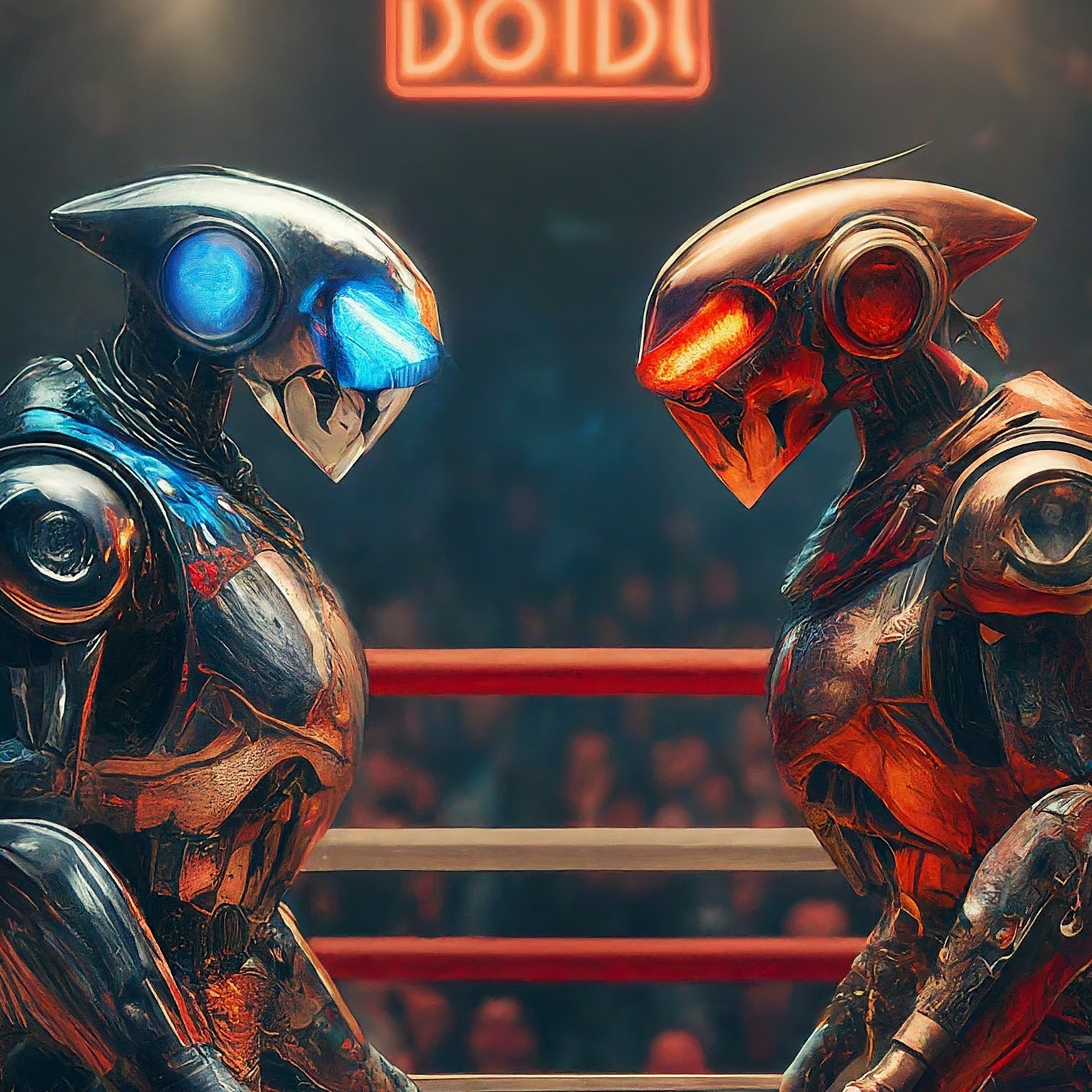In the ever-evolving landscape of artificial intelligence (AI), language models have captivated imaginations and sparked conversations about the future of communication and knowledge creation. Two notable players in this arena are Grok and ChatGPT, both boasting impressive capabilities and unique strengths. But with numerous choices available, which one reigns supreme?The continuous evolution of AI language models like Grok and ChatGPT underscores the dynamic nature of technological advancement in the field of artificial intelligence. As these systems become more sophisticated, the challenge for developers and researchers will be to balance innovation with ethical considerations, ensuring that advancements enhance human communication without compromising safety or integrity. The ongoing development of these models promises not only to expand the boundaries of what is possible with machine learning but also to deepen our understanding of human language and cognition. This journey, while filled with technical complexities and ethical dilemmas, holds the promise of transforming our interaction with technology and with each other, heralding a new era of AI-assisted communication and creativity.
The Contenders:
- Grok: Developed by X, the research and development arm of Alphabet (Google), Grok boasts access to real-time data and a “rebellious streak” in its responses. It aims to deliver insightful answers grounded in the latest information.
- ChatGPT: Created by OpenAI, ChatGPT has gained widespread popularity for its fluency, creativity, and ability to generate different kinds of text formats. However, its reliance on a static dataset limits its access to real-time information.
Round 1: Knowledge and Data Access
Grok steps into the ring with a distinct advantage. Its access to X’s extensive infrastructure, including the 𝕏 platform, allows it to process real-time information constantly. This translates to answers that are more up-to-date and potentially reflect ongoing events. ChatGPT, on the other hand, uses a massive but static dataset of text and code, potentially leading to information gaps or outdated responses.
Round 2: Personality and Style
ChatGPT takes the lead in this round with its diverse repertoire of styles and creative flair. It can generate poems, scripts, musical pieces, and even code, catering to a broader range of user needs. Grok, while still under development, focuses on delivering factual and informative responses, adhering to a more serious and formal tone.
Round 3: Accuracy and Reliability
Both models prioritize accuracy, but their approaches differ. Grok emphasizes “groundedness” in its responses, striving to be factually correct and avoid misinterpretations. ChatGPT, while creative, has faced criticism for its susceptibility to generating factually incorrect or misleading content, especially in open-ended prompts.
Round 4: Safety and Ethics
Safety and ethical considerations are crucial for AI language models. Grok takes a conservative approach, avoiding responses that could be offensive, biased, or discriminatory. ChatGPT has drawn criticism for generating harmful content at times, prompting concerns about its responsible use.
Round 5: Accessibility and Transparency
Accessibility is a factor, but neither model currently offers public access. Grok remains primarily for internal use at X, while ChatGPT’s limited API access excludes the general public. Both models lack full transparency in their decision-making processes and data handling, hindering trust and understanding.
The Verdict: No Clear Winner
Declaring a winner is challenging. Both Grok and ChatGPT excel in different areas. Grok champions real-time information and safety, while ChatGPT shines in creative text generation and diverse styles.
The “best” model ultimately depends on individual needs and priorities. Users seeking up-to-date, reliable information in a formal tone might favor Grok. Those requiring creative writing, diverse formats, and a playful touch might lean towards ChatGPT.
Beyond the Ring: The Future of AI Language Models
The battle between Grok and ChatGPT is a snapshot of the evolving AI language model landscape. As these models continue to learn and grow, the lines between them might blur further. Ultimately, the true winner will be the user who effectively selects and utilizes the most appropriate model for their specific needs, recognizing the strengths and limitations of each.
The race continues, and the potential of AI language models to revolutionize communication, information access, and even creative expression is far from exhausted. With responsible development and focused application, these intelligent systems have the potential to shape a future where language plays an even more transformative role in our lives.
